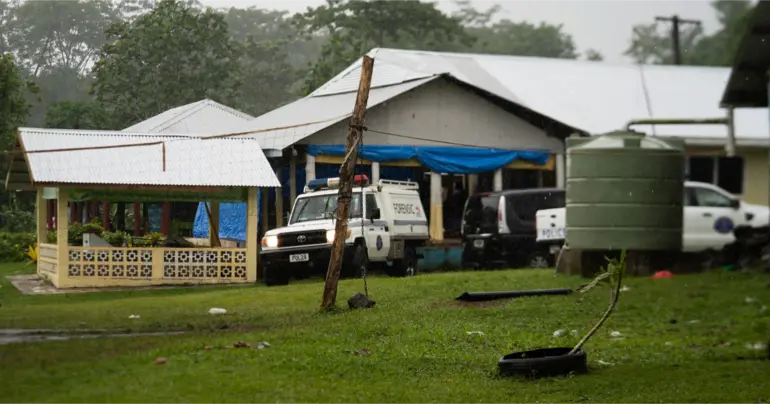Amid pandemic, Samoans turn to the sea
 By Adel Fruean
•
14 February 2021, 12:00PM
By Adel Fruean
•
14 February 2021, 12:00PM
More Samoans are turning to the ocean to sustain their livelihoods as the impact of the coronavirus pandemic continues to force more and more people out of jobs.
Satuimalufilufi village resident, 35-year-old Kitiona Malaesaili is one of those who has turned to the ocean for food and income, in order to support his family in these difficult times.
Three to four times a week, he wakes up early in the morning to go out diving for the trochus shell (aliao).
“The advantage of fishing for the trochus is that it is abundant,” he told the Samoa Observer in an interview. “The only day we do not go fishing is on Sundays because we must keep it holy and go to church.

“For me, after fishing, I will travel to the market in town to sell it and most of my frequent customers are some Chinese people, they seem to love it.
“The price of a 550ml bottle full of flesh from the trochus is worth $10 and we get close to $300 a week.”
With the future uncertain, due to the impact of the COVID-19 pandemic, Mr Malaesaili says the ocean is key to sustaining their livelihood and is an assurance that they have options.
“I love the sea and as a Samoan, it is my duty to look after my family that is why I work hard in going out fishing to provide for them.
"I know that Samoa is a small country but we are blessed with resources and I think the sea comes with these richness of resources."
Mr. Malaesaili also added that while he fishes for trochus shells, he can also fish for other marine species.
Satuimalufilufi is located near the coast and is easily accessible for fishing and to travel between the islands to Manono and Apolima.

The trochus is a top-shaped sea snail that has a pearly inside to their shells; a layer that makes them highly valued on the commercial market. It can be found at all but one of 14 sites around Upolu and at more than half of the 14 sites around Savai’i. They are considered to be superabundant in Samoan waters with approximately more than 1000 per hectare in Sataua and Salelologa.
The Ministry of Agriculture and Fisheries has hosted training programmes in 2020 that taught villagers to use machines to polish the inner pearly nacre of the trochus shell and shape it artistically.
Besides being valued for its meat, the trochus shell is also used to make buttons, jewelry and handicrafts. Some countries export the shells to markets in Italy, Korea and Japan.
 By Adel Fruean
•
14 February 2021, 12:00PM
By Adel Fruean
•
14 February 2021, 12:00PM











